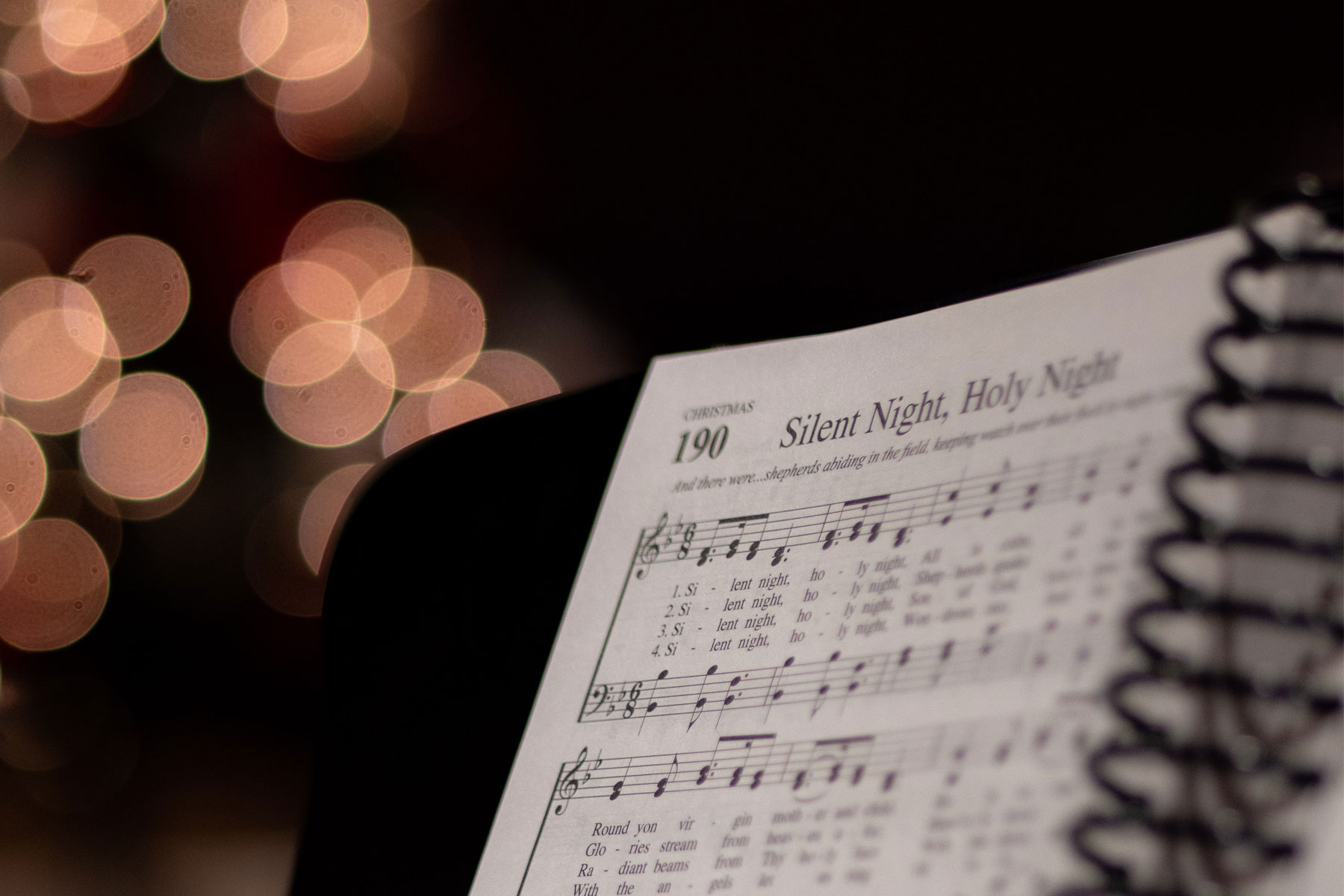Can’t stop blasting Christmas tunes? We don’t blame you. Holiday songs have an uncanny ability to get stuck in our heads for weeks on end, and let’s face it, it’s hard to get into the spirit of the season without at least a jingling verse or two.
Whether it’s a centuries-old carol or an uptempo nineties pop song (you know the one), our steady rotation of Christmastime jams have got us digging into the lesser known origins and facts about these festive tracks. Here are some tidbits we’ve found:
Have Yourself a Merry Little Christmas was originally really depressing
Making its debut in 1944 in the movie Meet Me in St. Louis, Have Yourself a Merry Little Christmas was penned by songwriting duo Martin and Ralph Blane. The original lyrics to the tune weren’t quite as uplifting as the version we know today is, with lyrics like “Have yourself a merry little Christmas/It may be your last,” and “Faithful friends who were dear to us/Will be near to us no more.” Judy Garland, who starred in the movie, voiced that she thought the words were “awfully dark”, and the lyrics were subsequently switched up to reflect a more optimistic sentiment.
Jingle Bells wasn’t meant to be a sung on Christmas
Initially named ‘The One Horse Open Sleigh’, Jingle Bells was composed by James Lord Pierpont for Thanksgiving celebrations in the US. The jingling bells referenced in the song relates to New England sleigh races that were popular in the 1800s, when it was written. Fast forward to 1965, Jingle Bells’ popularity as a Christmas song reached such heights that it was the first ever song to be performed in space, as two astronauts used a harmonica and a bell to make spirits bright on NASA’s Gemini 6A space flight.
The Catholic Church was not a fan of I Saw Mommy Kissing Santa Claus
First recorded in 1952 by a 13-year-old Jimmy Boyd, I Saw Mommy Kissing Santa Claus flew up the charts and gained widespread popularity. The song is sung from the perspective of a young child who catches his mom kissing his dad in a ‘Santa Claus’ costume, and then muses about what his dad’s reaction would be if he too had witnessed this scene. The Roman Catholic Church in Boston condemned the song for its suggestion of physical intimacy, prompting Boyd to fly to Boston so he could meet with the church leaders and win them over to his song.
White Christmas signalled the end of the Vietnam War
In 1975, a coded radio message went out from the American Radio Service: “The temperature in Saigon is 105 degrees and rising,” which was followed by the wistful croons of Bing Crosby’s White Christmas. American personnel knew this as an order to evacuate and did so accordingly, marking the Fall of Saigon and the end of a twenty-year war.
The Christmas Song was composed on a hot summer’s day
Perhaps better known as the song that starts with “Chestnuts roasting on an open fire”, The Christmas Song was created by songwriting partners Mel Torme and Bob Wells on a swelteringly hot July day. To cope with the heat, they thought they would trick their brains into cooling off by writing a song describing quintessentially cold, winter-associated things, like “Jack Frost nipping at your nose” and “folks dressed up like Eskimos”.
Winter Wonderland was penned by a man suffering from tuberculosis
The picture-perfect snowy scene set out in the song Winter Wonderland originally started out in a poem by tuberculosis patient Richard Smith. In 1934, as he was going through treatment, Smith was reportedly inspired by the beauty of the freshly fallen snow blanketing the local park and the fun-filled winter activities that it provided. Composer Felix Bernard added a melody to go with it, giving us the joyful Christmas time ditty we know today.
All I Want For Christmas is You makes goats produce more milk
In 2010, a farmer near York, England realised that his favourite festive song by Mariah Carey did more than cheer him up on a long workday. He discovered that repeatedly playing the 1994 song helps his goats relax and in turn, they produce up to 20 percent more milk each day. “We are absolutely dumbfounded by the difference playing this song has made to the goats,” said Angus, who runs St Helen’s Farm in Seaton Ross, UK.
It’s the Most Wonderful Time of the Year references real ghost story traditions
Written by Edward Pola and George Wyle in 1963, this song has a peculiar insertion in the third stanza, which goes from joyous descriptions of parties, carolling and marshmallows to “scary ghost stories”. While it may seem out of place to our modern sensibilities, those in Victorian England would see no disconnect in the lyrics. Around the 1800s, it was a typical tradition for families and friends to gather around the Christmas tree on Christmas Eve and exchange spooky ghost stories.










